As the season shifts from spring to summer so do our gardens – a nature-orchestrated movement of flowers blooming and then subsiding as others take their place. Our pollinators need a constant supply of nectar and pollen during this time and some of them have specific food preferences. For example, polylectic bees are generalists - they aren’t very picky and will feed on a wide variety of plants. Oliolectic bees are specialists and feed only on one or a few closely-related plant species.
Native trees also have varying bloom times. Here are three native trees that bloom during the summer and are perfect examples of why #BeesLoveTrees.
Tulip tree (Liriodendron tulipifera)
The tulip tree lives up to its name with large, showy flowers that look like tulips! These bright colours attract many pollinators including bumblebees and long-tongued bees. Well suited to sandy or loamy soils, the tulip tree thrives in full sun. Regular watering in the first few years after planting will ensure this beauty grows quickly. The large tulip tree crown is conical (oval) with upright, spreading branches. Tip: The tulip tree is a Carolinian species, so in Toronto, it is on the northern edge of its range.
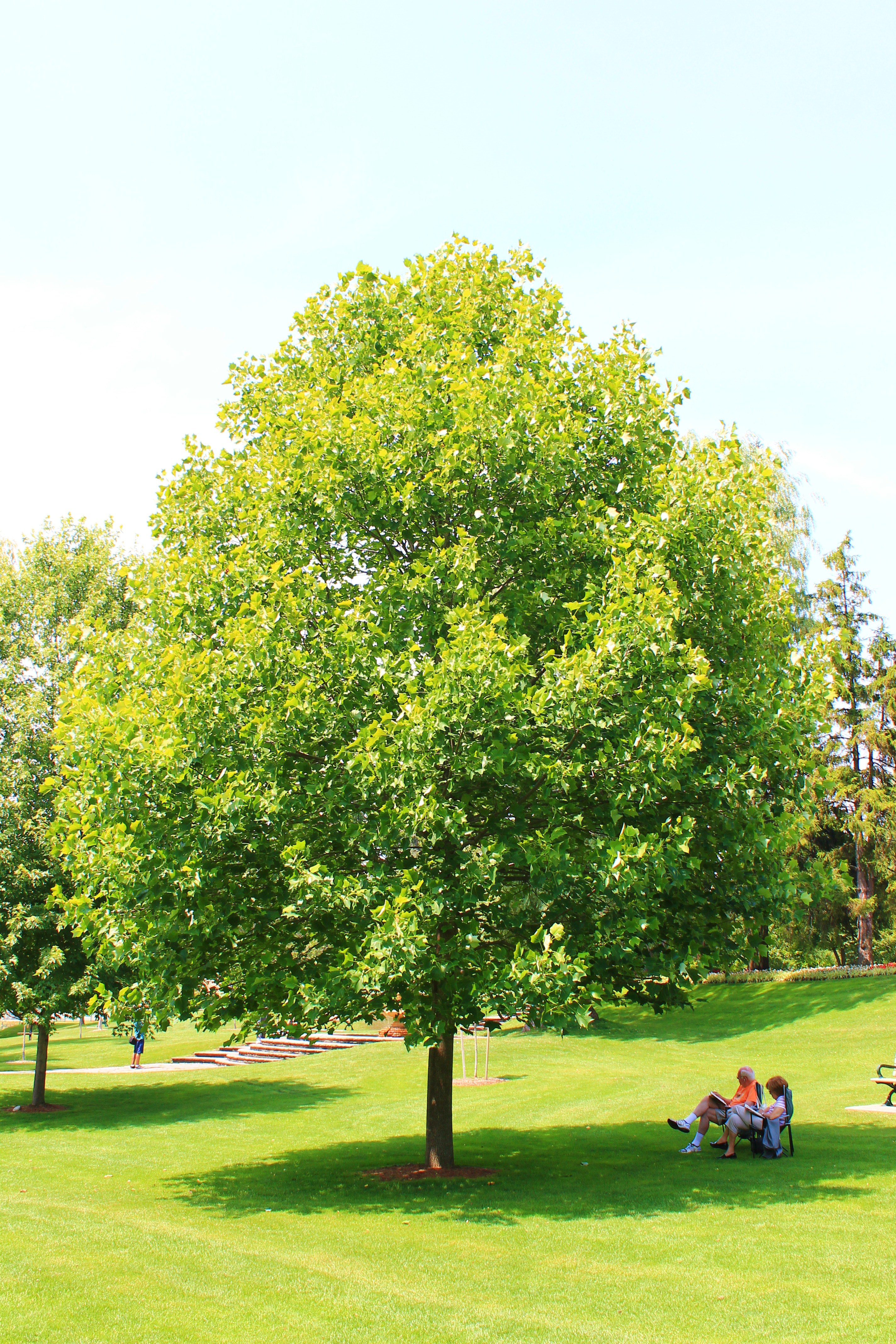
It is named and noted for its tulip-like flowers that bloom in mid-late spring. Flowers are yellow with an orange band at the base of each petal.
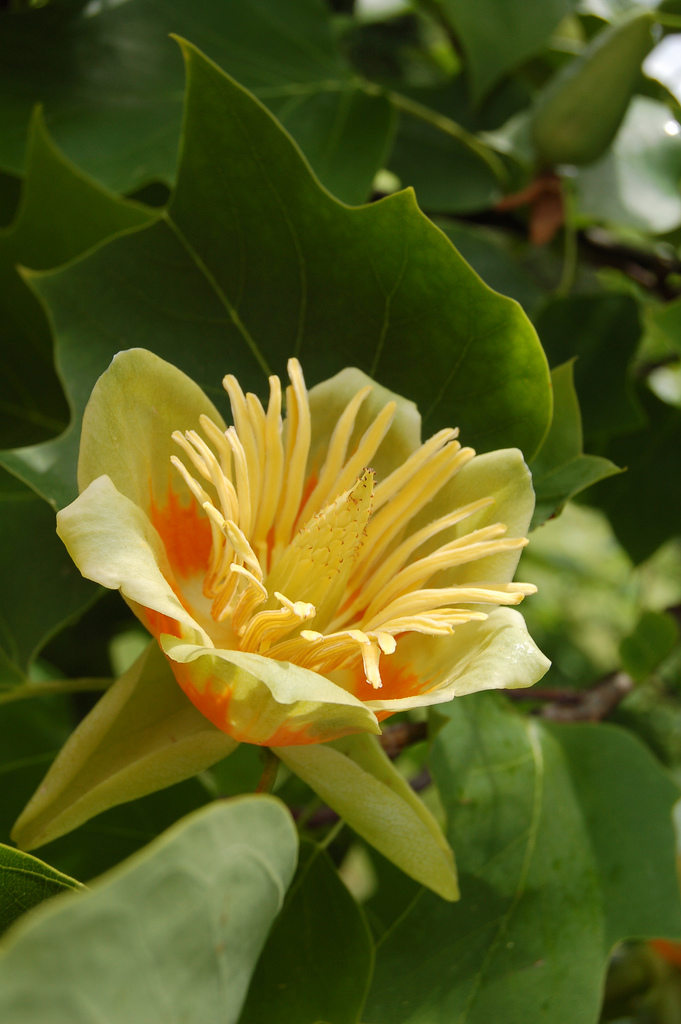
Their bright green leaves, which also resemble tulips in shape, provide excellent summer shade and turn yellow in the fall.
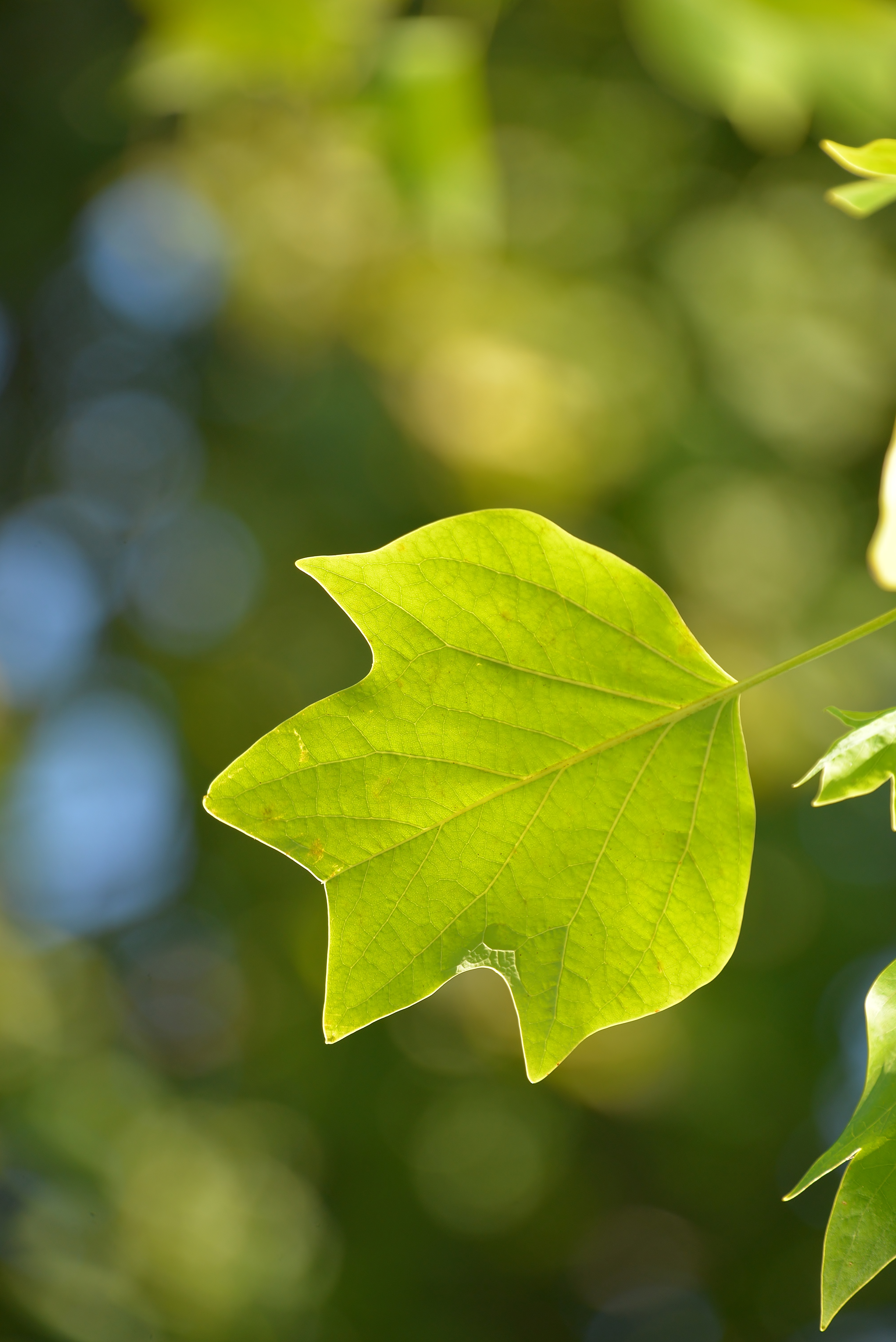
Pagoda Dogwood (Cornus alternifolia)
The pagoda dogwoodis a small-growing native tree with a unique lateral branching. It makes a striking addition to any garden growing happily as an understory plant in the shade of other trees. However, if planted in a sunnier location, it grows denser and becomes laden with large clusters of white flowers.

Flowering between late May and late June, the pagoda dogwood provides abundant pollen and nectar to long-tongued bees, short-tongued bees and butterflies. The short-tongued bee, Andrena fragilis, is an oligolectic visitor to Cornus sp., meaning it specializes in collecting pollen from a particular plant.
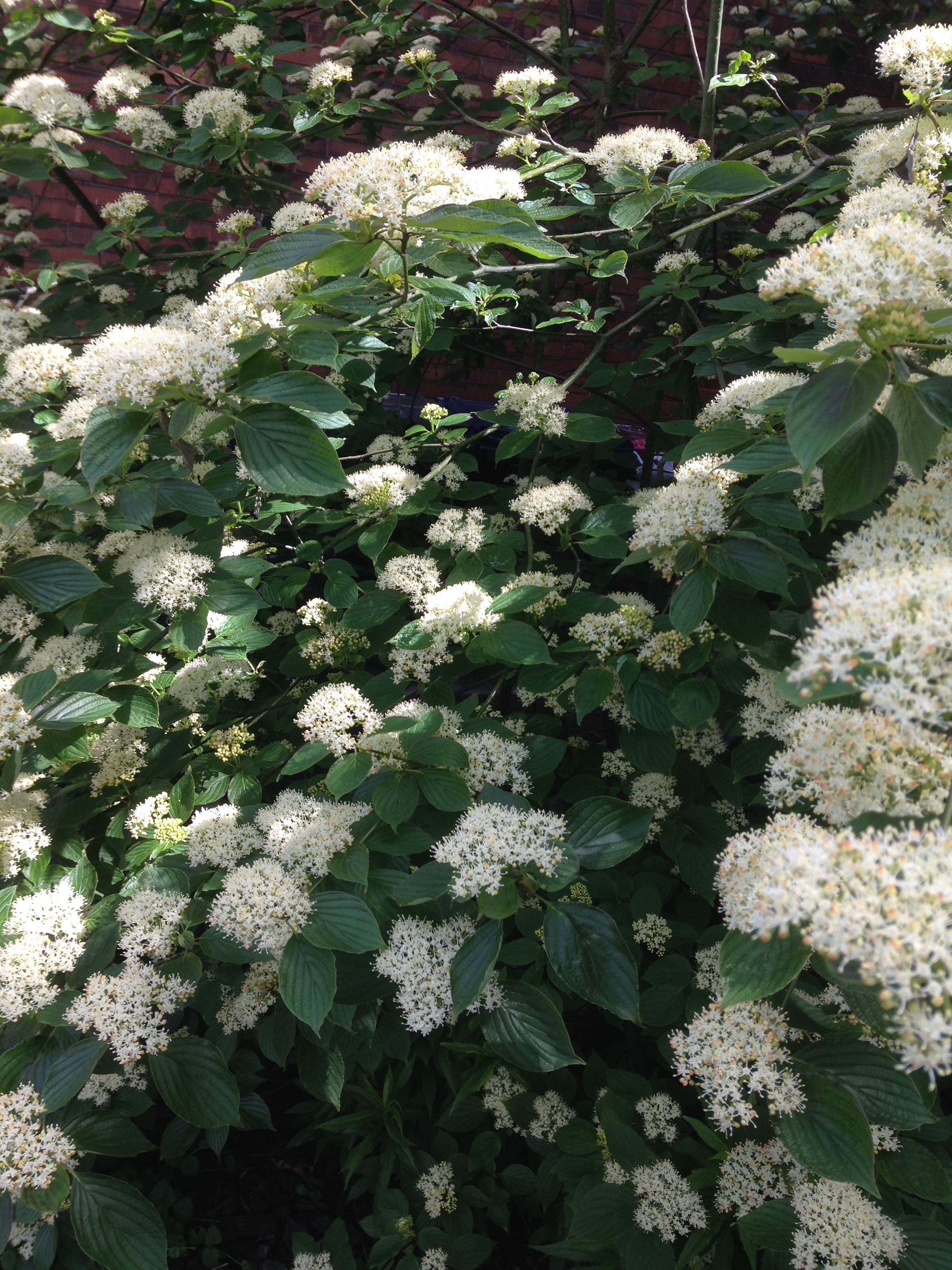
Although the leaves of most species of dogwood are opposite, those of pagoda dogwood are alternate, hence its other common name - alternate-leaf dogwood. The dark green leaves turn reddish-purple in fall in fall.
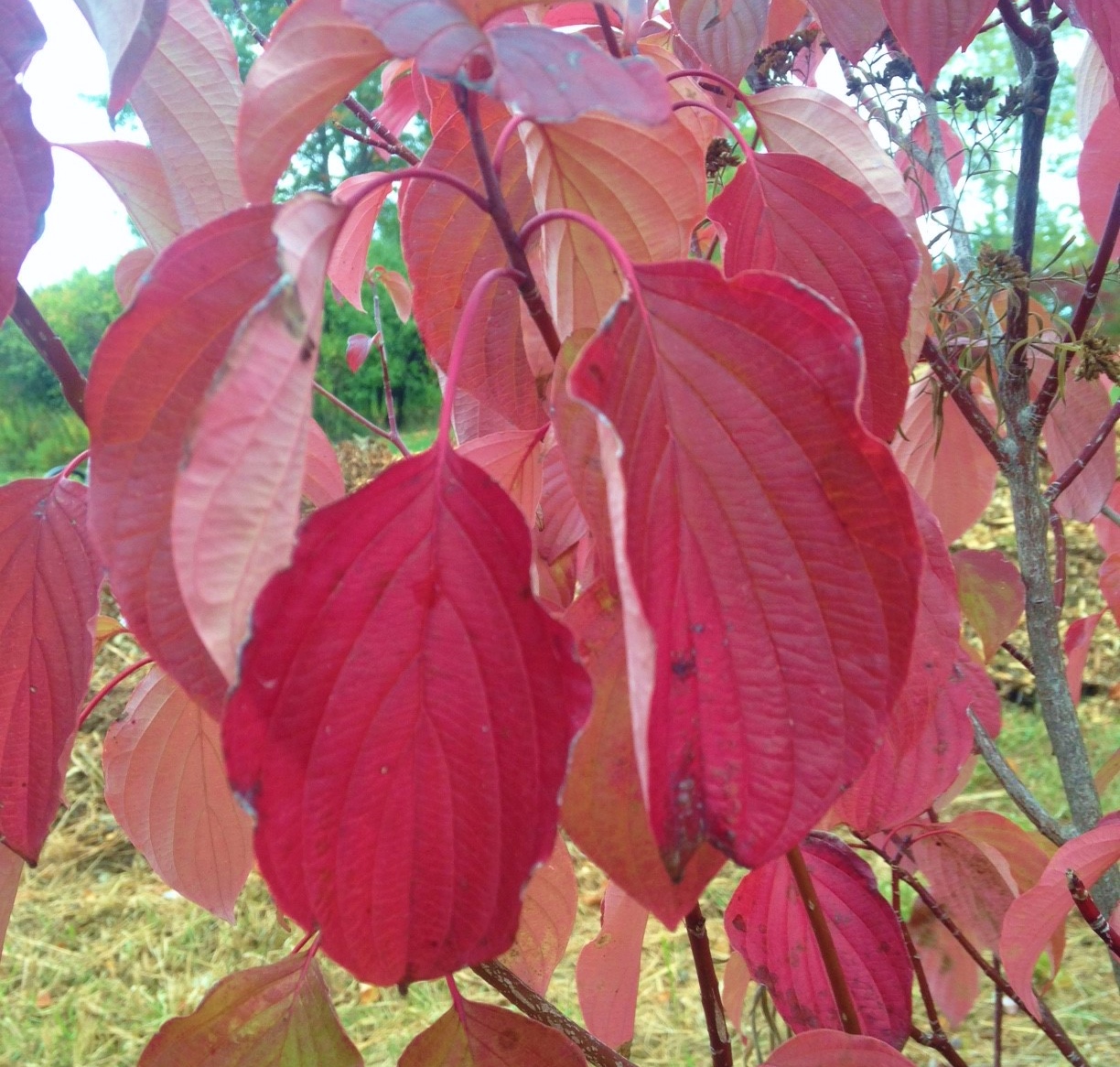
Nannyberry (Viburnum lentago)
The native nannyberry is a perfect shrub to fill in that empty corner of your garden! Growing up to 15 feet in height, its dense foliage provides excellent privacy. It does well in full sun and tolerates a wide range of soil types.
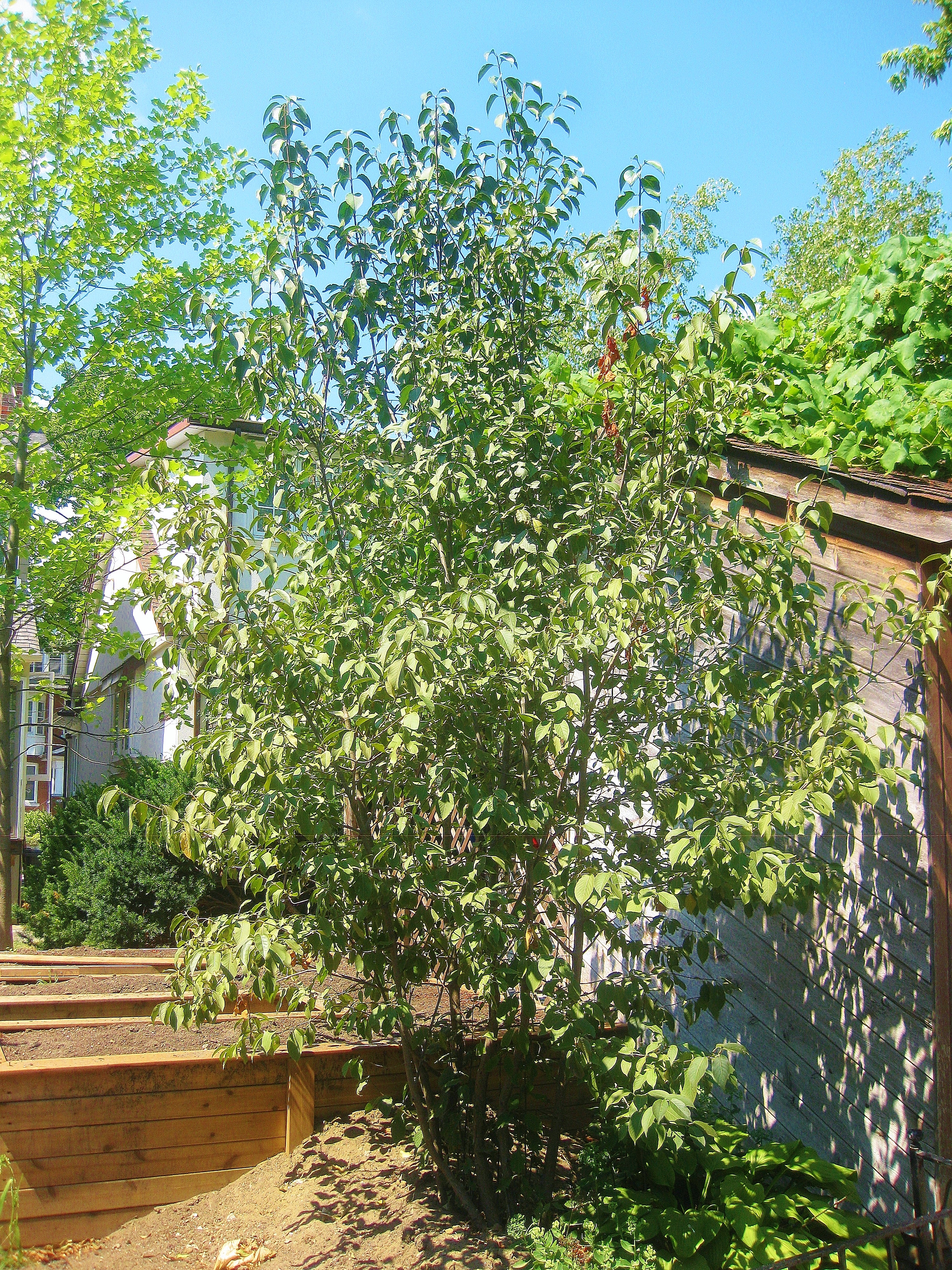
Clusters of small, fragrant flowers appear in late spring, attracting a variety of pollinators including Andrenid bees and Halictid bees. It is also a host plant of the Spring Azure butterfly.

The pollinated flowers are replaced by clusters of bluish-black berries which provide an excellent food source for song birds.
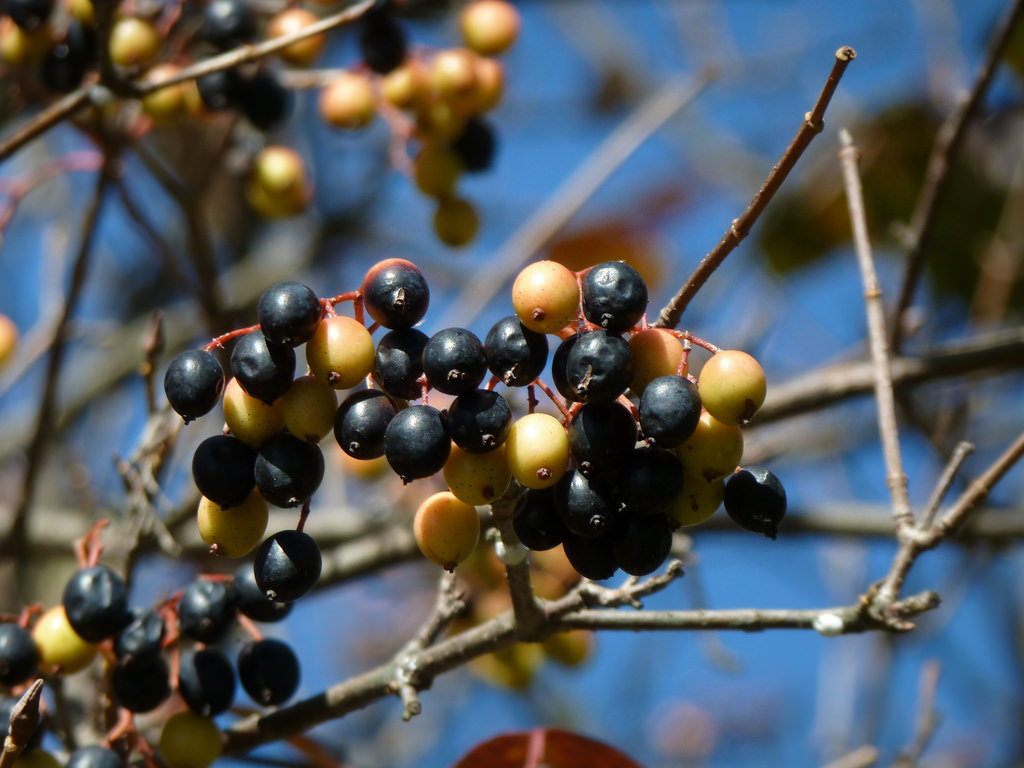
A brilliant red fall colour tops off the list of amazing qualities this shrub possesses!

Want to see more of these important tree and shrub species in person? We’ll be hosting several pop-up events this summer. Visit us and take a tour of one of our demonstration gardens. Ask all you bee and tree questions and pick up your free #BeesLoveTrees swag!
Follow us on Twitter (@leaf) and Facebook (@LocalEnhancementAndAppreciationofForests). Sign up for our free e-newsletter and visit www.yourleaf.org for announcements about the pop-ups!
The #BeesLoveTrees campaign is supported by the Ontario Power Generation Regional Biodiversity Program.
Jillaine Yee is LEAF’s Communications and Fundraising Coordinator.
LEAF offers a subsidized Backyard Tree Planting Program for private property. The program is supported by The Town of Newmarket, The Regional Municipality of York, City of Toronto, Toronto Hydro, Oakvillegreen, Town of Ajax, and Ontario Power Generation. For details on how you can participate, visit http://yourleaf.org.
